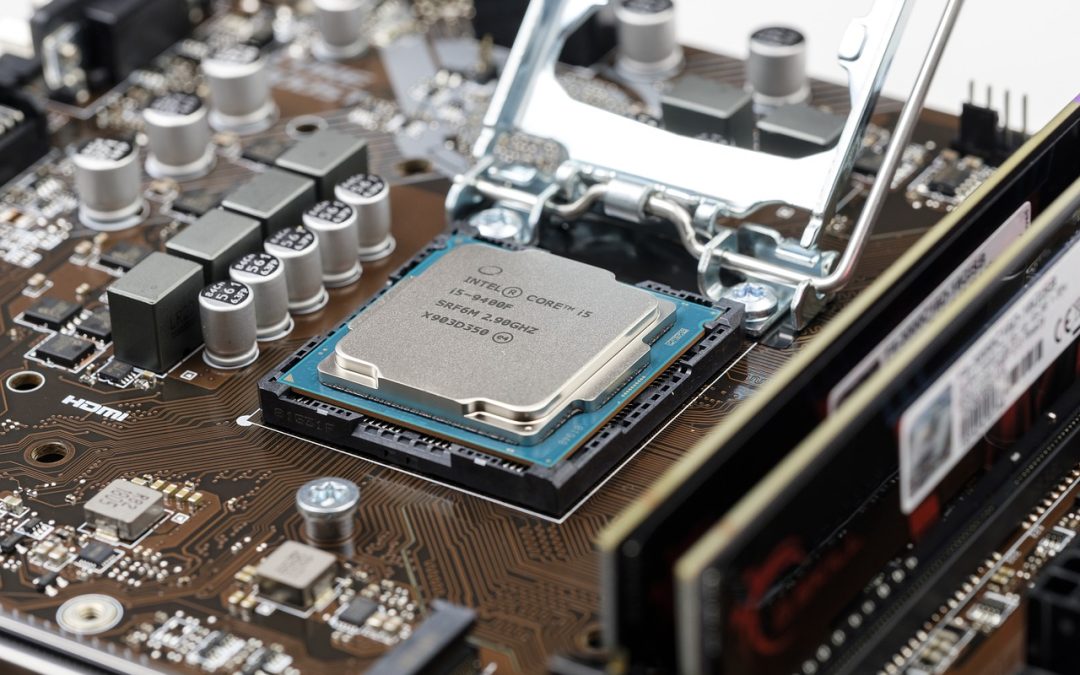When it comes to hosting a website, application, or online project, choosing the right VPS plan can make or break your success. Virtual Private Server (VPS) hosting offers a balance of affordability, control, and performance, but with so many options available, how do you pick the one that fits your needs? It all boils down to understanding key factors like CPU, RAM, storage, and bandwidth. In this guide, we’ll walk you through these considerations to help you make an informed decision.
Why Choosing the Right VPS Plan Matters
A VPS gives you dedicated resources on a shared server, offering more power and flexibility than shared hosting without the cost of a dedicated server. However, not all VPS plans are created equal. Selecting the wrong one could lead to slow load times, downtime, or overspending on resources you don’t need. By aligning your plan with your project’s requirements—whether it’s a blog, e-commerce site, or development environment—you’ll ensure optimal performance and scalability.
Step 1: Assess Your CPU Needs
The CPU (Central Processing Unit) is the brain of your VPS, handling all the processing tasks. When choosing the right VPS plan, consider how much processing power your site or app demands. For a simple blog with light traffic, a single-core CPU might suffice. However, if you’re running a resource-intensive application—like a gaming server or a site with dynamic content—you’ll need multiple cores or higher clock speeds.
Ask yourself: Will your site handle heavy computations, such as video rendering or database queries? If so, prioritize plans with robust CPU allocations. Many providers list CPU specs in terms of cores or GHz—opt for at least 2-4 cores for moderate workloads.
Step 2: Determine Your RAM Requirements
RAM (Random Access Memory) dictates how many tasks your VPS can handle at once. Too little RAM, and your site will slow to a crawl during traffic spikes. When choosing the right VPS plan, think about your site’s memory needs. A basic WordPress site might run smoothly on 1-2 GB of RAM, while an e-commerce platform with multiple plugins could require 4-8 GB or more.
To estimate RAM, consider your traffic volume and software stack. For example, a site with 1,000 daily visitors running lightweight code needs less RAM than one with 10,000 visitors and a complex CMS. Check your current usage if you’re migrating from another host, and leave room for growth.

Step 3: Evaluate Storage Options
Storage is where your files, databases, and backups live. VPS plans typically offer SSD (Solid State Drive) or HDD (Hard Disk Drive) options, with SSDs being faster and more reliable. When choosing the right VPS plan, factor in your storage type and capacity.
A portfolio site with a few images might need only 20-50 GB, while a media-heavy site or app with videos and downloads could demand 100 GB or more. Also, consider whether your provider includes backups in the storage quota—some don’t, which could eat into your allowance. SSDs are the gold standard today, so prioritize them for speed and durability.
Step 4: Calculate Bandwidth Needs
Bandwidth determines how much data your VPS can transfer to users—think page loads, downloads, and streaming. Underestimating bandwidth can lead to extra fees or throttled performance. When choosing the right VPS plan, look at your expected traffic and data usage.
For instance, a blog with 5,000 monthly visitors and small pages might need 50-100 GB of bandwidth. An e-commerce site with high-resolution images or a video platform could easily exceed 500 GB. Check if the plan offers unmetered bandwidth (ideal for unpredictable traffic) or a generous cap that scales with your growth.
Additional Considerations
Beyond CPU, RAM, storage, and bandwidth, think about scalability and support. Can you upgrade your plan as your needs evolve? Does the provider offer 24/7 customer service? Look for features like managed services (if you’re not tech-savvy) or root access (if you need full control). Compare pricing, too—cheap plans might skimp on performance, while premium ones could include extras you don’t need.
Final Thoughts
Choosing the right VPS plan doesn’t have to be overwhelming. Start by assessing your project’s current and future needs—CPU for processing, RAM for multitasking, storage for files, and bandwidth for data transfer. Match these to a plan that offers room to grow without breaking the bank. Whether you’re launching a personal site or a business app, the perfect VPS is out there waiting. Take your time, compare options, and you’ll set yourself up for hosting success.
Power Your Projects with vpszen.com VPS Solutions
Looking for reliable hosting to run your Linux servers and host your next big project? VpsZen.com has you covered with top-tier VPS options tailored to your needs.
Choose from ARM64 VPS Servers for energy-efficient performance, or Root VPS Servers for virtual servers with dedicated resources.

